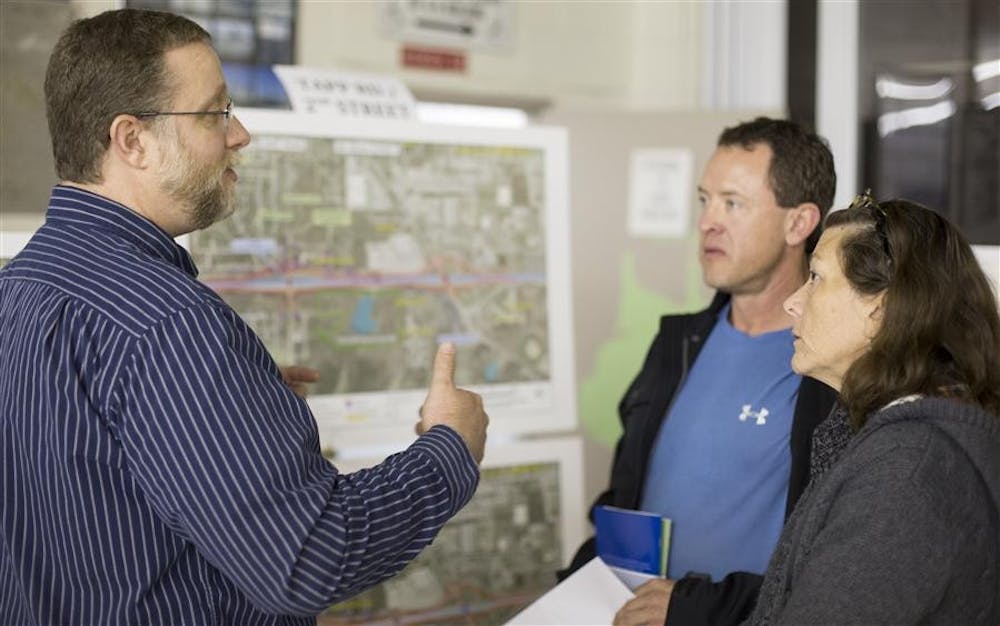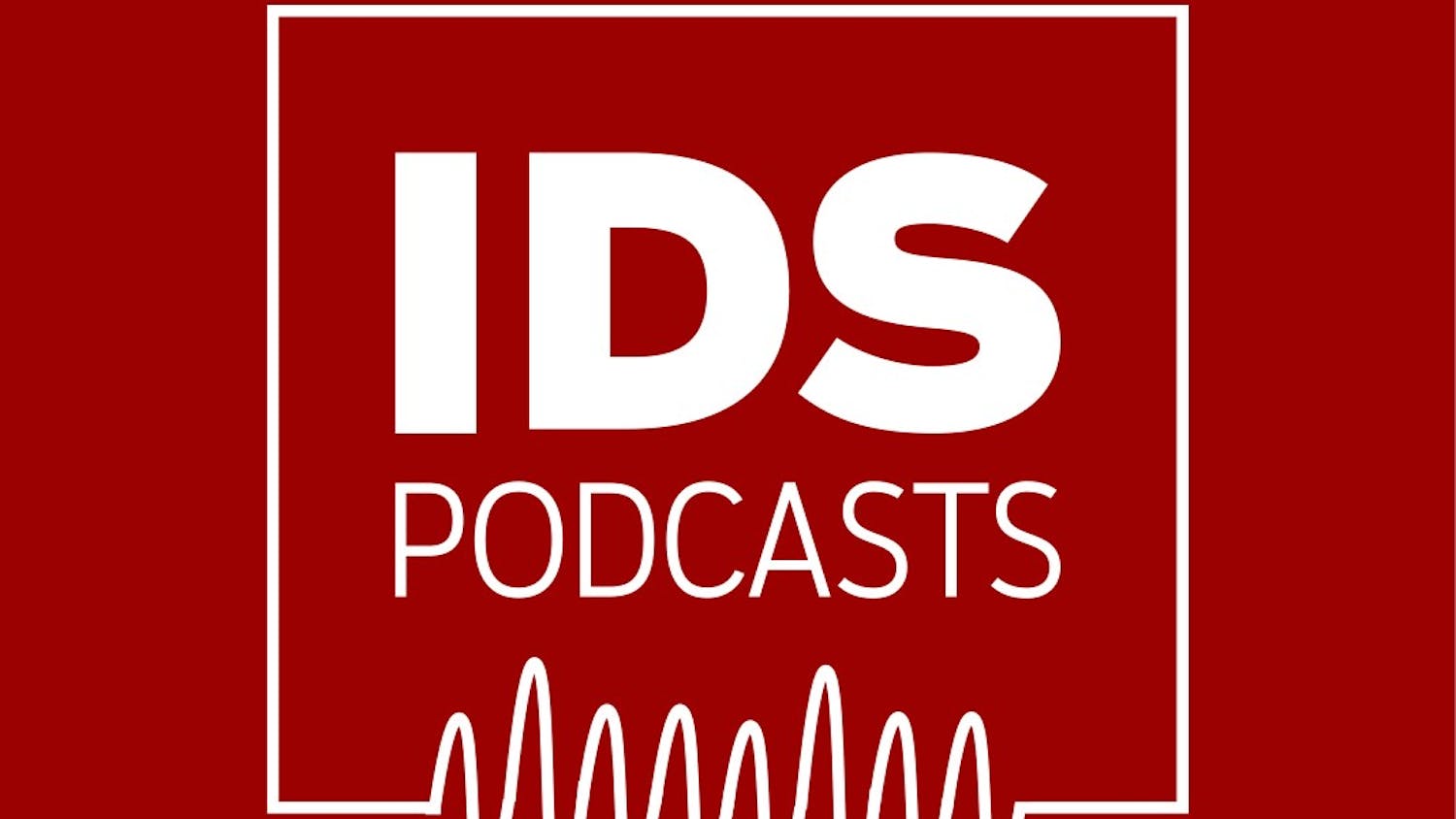In its trail, heroin leaves behind broken lives and deaths numbering in the tens of thousands.
Now, heroin has arrived in Bloomington in epidemic form.
“The heroin epidemic is huge and it’s here,” said Capt. Steve Kellams of the Bloomington Police Department.
With the nearing completion of I-69, local law enforcement is preparing to stem the flow of drugs from major municipalities like Houston and Detroit into Monroe County.
For some, this war with heroin is not new. IU junior Cameron Gibson battles addiction on a daily basis. He still remembers the exact date of the first time he used heroin: January 13, 2015. By August of that year, heroin had left Cameron’s life in shambles.
“They always say in NA (Narcotics Anonymous) that addiction is the disease and the drugs are just the symptom of the disease,” Gibson said.
Cameron took a semester off in fall 2015 to seek treatment. The week of Oct. 10 marks his seven-month anniversary of being clean from opiates.
He first came into contact with opiates in the Wilkie South dorm.
Cameron, and Monroe County as a whole, are not the only victims of the heroin epidemic. As of 2014, more than 10,000 U.S. citizens overdosed on non-prescription opiates according to the National Institute on Drug Abuse. That number is up from approximately 2,000 overdoses in 2001 — an increase of more than 500 percent.
These numbers do not include deaths related to the violence that accompanies heroin.
The cause for the rapid increase in heroin usage and trafficking in America is multi-layered. For Bloomington, it’s a matter of economics.
In Monroe County, a bindle (one tenth of a gram) of heroin can be bought for $20. In Indianapolis, a bindle is as low as $12. Monroe County dealers drive up to Indianapolis and purchase heroin for the lower price. They then drive back down to Bloomington to sell their supplies at the higher price.
What makes this dangerous, Kellams said, is that there is a continuous flow of drugs running all day, every day. Because of this, there is no one major cartel or trafficking ring that can be busted.
The concern is that this trade will not just be between Indianapolis and Bloomington. With the construction of I-69, Bloomington has the potential to become a pit-stop for the drug trade between Houston, Detroit and Chicago.
“My fear is that Bloomington is going to become of one of these waypoints, one of these meeting locations [for dealers],” Kellams said. “How does that affect the drug trade in Bloomington? That’s going to be really interesting to see.”
Local law enforcement is already attempting to fight Bloomington’s heroin epidemic. In the last few months, the IU Police Department has begun placing opioid overdose kits in patrol cars. IU has also made the kits available through the IU Health Center pharmacy.
Some oppose the idea of readily accessible overdose kits, others embrace their availability.
“Naloxone saved my life,” Gibson said, “It brought me back from the dead.”
Gibson said a lot of people don’t like the idea of the naloxone overdose kits because addicts can feel more comfortable getting emergency help since they can just be administered the kit if they overdose.
“It’s not that much of a safety net as they think it is,” Gibson said, “I know for a lot of people dying and then barely coming back will not be like, ‘Yay, that was awesome! Now I can die whenever I want to!’”
In addition to the steps taken by local law enforcement, state law enforcement also has measures to help target and prosecute drug trafficking along existing interstates.
“We have our meth suppression team — those guys are always busy,” said Sgt. Curt Durnil of the Indiana State Police, “They’re bringing in the heroin and meth and all that stuff.”
For the city of Bloomington, things are progressing at a slow place. Any plans to help stem the influx of drugs and crime from I-69 are still in the planning and discussion phase.
“We are short on personnel, we are short on resources and we are literally doing everything we can with what we have,” Kellams said.
Naloxone opiate overdose kits are available through the IU Health Center located at 600 North Jordan Avenue. Clean needle programs are available through the Indiana Recovery Alliance located at 118 South Rogers Street and is open from the hours of 5-7 p.m. every Tuesday, Thursday and Sunday.




